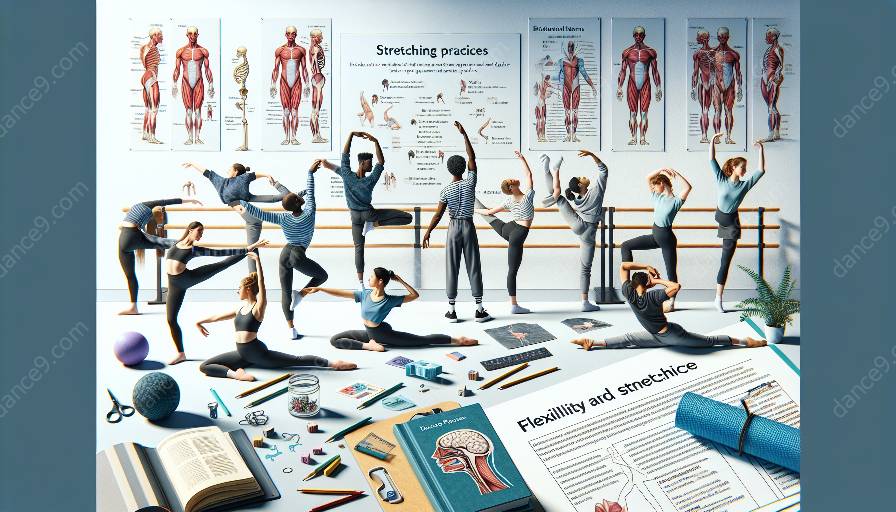Regular stretching plays a crucial role in improving flexibility and overall physical and mental health, especially for dancers. It involves a series of physiological changes within the body that have a profound impact on a dancer's performance and well-being.
The Physiology of Stretching
When a dancer engages in regular stretching exercises, several physiological changes occur in the muscles, tendons, and ligaments. Stretching helps to increase blood flow to these tissues, improving their elasticity and flexibility. This increased blood flow also supports the delivery of essential nutrients and oxygen to the muscles, aiding in their recovery and repair.
Furthermore, regular stretching promotes the release of endorphins, which are natural painkillers produced by the body. This can help reduce muscle soreness and discomfort, allowing dancers to perform at their best without experiencing excessive pain.
Flexibility and Stretching for Dancers
Flexibility is a key component of dance performance, and regular stretching is essential for enhancing and maintaining flexibility. By increasing the range of motion in their joints and muscles, dancers can execute movements with greater fluidity and precision, enhancing their overall performance quality. Moreover, improved flexibility can also reduce the risk of dance-related injuries, as it allows dancers to move more freely and with less strain on their muscles and tendons.
Stretching for dancers involves a combination of static and dynamic stretches, targeting specific muscle groups used in dance. These stretches are designed to gradually increase flexibility and improve muscle strength, ultimately enhancing a dancer's ability to execute complex movements with ease and grace.
Physical and Mental Health in Dance
Besides enhancing flexibility, regular stretching contributes to the overall physical and mental well-being of dancers. As mentioned earlier, the release of endorphins during stretching can have a positive effect on a dancer's mental state, promoting feelings of relaxation and well-being. This can be particularly beneficial in reducing stress and anxiety, which are common among performers.
From a physical health perspective, regular stretching can help prevent injuries and alleviate muscular tension, which often results from intensive dance training and performances. Additionally, improved flexibility and range of motion can enhance posture and alignment, contributing to better overall body mechanics and reducing the likelihood of developing chronic musculoskeletal issues.
Conclusion
Regular stretching induces a range of physiological changes that are essential for dancers seeking to improve their flexibility and maintain optimal physical and mental health. By understanding the impacts of stretching on the body, dancers can tailor their training routines to maximize the benefits of flexibility and stretching, ultimately enhancing their performance and well-being.


































